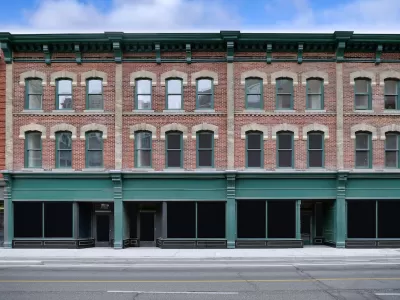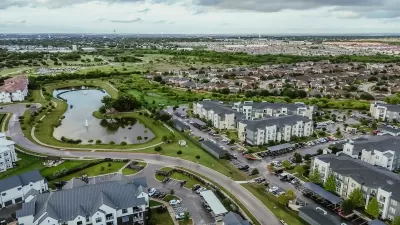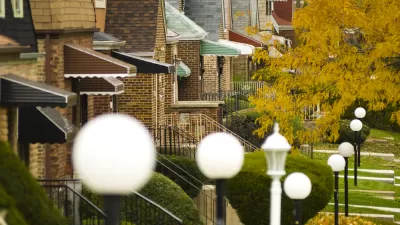The myth that there are plenty of vacant housing units in U.S. cities comes from misconceptions about leasing timelines and developer incentives.

In a piece for Greater Greater Washington, Patrick McAnaney, an affordable housing developer, contradicts the belief that there are enough vacant housing units in the United States to fulfill demand, if only housing was distributed more effectively.
According to McAnaney, “Some level of vacancy is necessary for any functioning real estate market. If there were no vacant units available, finding a home to rent or buy would be impossible. Yet a large number of vacant units can also be a problem, as it indicates an oversupply.” Historically, vacancy rates hover at roughly 7 to 8 percent. A higher vacancy rate gives renters more leverage, while a low vacancy rate forces them to compete and gives landlords more power.
McAnaney explains that brand new apartment buildings typically take around two years to reach ‘stabilization,’ where the vacancy rate hovers at around 6 percent. “This typical lease-up period can lead to a common misconception by outside observers: A new building with high levels of vacancy is perceived as proof more homes didn’t need to be built.”
As of October 2024, the national vacancy rate was 6.8 percent. In Washington, D.C., the rate is 5.3 percent. In McAnaney’s opinion, “There is simply no compelling evidence that a surplus of vacant homes exists, especially in high-cost cities, like the District. Rather, ‘vacancy trutherism’ is largely based on misconceptions regarding lease-up timelines and economic incentives for newly constructed buildings.” In McAnaney’s assessment, “Adding new supply drives up the vacancy rate to the point where it blunts or even reverses price increases.”
FULL STORY: Debunking the vacancy myth

Study: Maui’s Plan to Convert Vacation Rentals to Long-Term Housing Could Cause Nearly $1 Billion Economic Loss
The plan would reduce visitor accommodation by 25,% resulting in 1,900 jobs lost.

Alabama: Trump Terminates Settlements for Black Communities Harmed By Raw Sewage
Trump deemed the landmark civil rights agreement “illegal DEI and environmental justice policy.”

Why Should We Subsidize Public Transportation?
Many public transit agencies face financial stress due to rising costs, declining fare revenue, and declining subsidies. Transit advocates must provide a strong business case for increasing public transit funding.

Paris Bike Boom Leads to Steep Drop in Air Pollution
The French city’s air quality has improved dramatically in the past 20 years, coinciding with a growth in cycling.

Why Housing Costs More to Build in California Than in Texas
Hard costs like labor and materials combined with ‘soft’ costs such as permitting make building in the San Francisco Bay Area almost three times as costly as in Texas cities.

San Diego County Sees a Rise in Urban Coyotes
San Diego County experiences a rise in urban coyotes, as sightings become prevalent throughout its urban neighbourhoods and surrounding areas.
Urban Design for Planners 1: Software Tools
This six-course series explores essential urban design concepts using open source software and equips planners with the tools they need to participate fully in the urban design process.
Planning for Universal Design
Learn the tools for implementing Universal Design in planning regulations.
Smith Gee Studio
Alamo Area Metropolitan Planning Organization
City of Santa Clarita
Institute for Housing and Urban Development Studies (IHS)
City of Grandview
Harvard GSD Executive Education
Toledo-Lucas County Plan Commissions
Salt Lake City
NYU Wagner Graduate School of Public Service





























